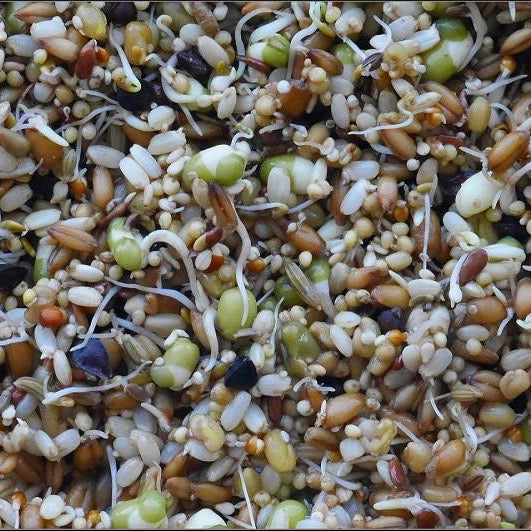
My green-cheeked conure Percy is an amazing talker and often speaks in the proper context. We were watching the movie Guardians of the Galaxy when the raccoon character, Rocket, came onto the screen. Percy, having never seen a raccoon before, looked at him and asked, “What’s that?” He also said it when the tree character, Groot, came on-screen. I guess you could say we thought his observations of Rocket and Groot were a hoot!
Speaking of seeing new things, a little parrot psychology goes a long way when introducing your birds to wearing clothing. Birds are preyed upon in the wild, so new things like FlightSuits™ – especially when placed on their backs – can be stress-inducing. Think of them like wild horses, which are also prey animals. You can’t just lasso a wild mustang, throw a saddle on it, and begin riding. Such activities would terrorize your new horse and also make you an impromptu bronco rider. It’s the same with parrots. New things often need to be introduced gradually, from toys to perches and food dishes – but especially, FlightSuits™.
If you follow our advice for FlightSuit™ conditioning, you will be more successful, and the process will be less stressful for everyone. Take this conditioning quiz to see how well you do. If you need a cheat sheet, all of the answers are in our FAQ’s on our website:How Do I Condition a Bird to Wear a FlightSuit™? Good luck!
1. When you get the FlightSuit™, hang it inside the bird’s cage right away.
a) True
b) False
2. The first time you show the FlightSuit™ to your bird, you should:
a) Put it on him right away
b) Allow your bird to observe it from a comfortable distance
c) Put it on your bird’s play stand
3. After your bird has seen the FlightSuit™ for a while (after a day or so):
a) Pin it to your clothes so your bird can get used to seeing it on you
b) It’s now safe to put it on him
c) Give your bird treats
4. You’ll know it’s time to hang the FlightSuit™ on the cage when:
a) Your bird stays as far away as possible from it
b) Your bird screams at the sight of it
c) Your bird is comfortable seeing it, even nibbling on it
5. A great way to help your bird adjust to it is to:
a) Play peek-a-boo with it
b) Pet the bird lightly with it
c) Feed the bird treats when the bird touches it without acting afraid
d) All of the above
6. When the bird seems very comfortable around the FlightSuit™, it’s time to try putting it on. (Watch our video on how to put it on first.) The first step should be:
a) Remove his food for a couple of hours so you can offer food as positive reinforcement
b) Put the bird in a dark room
c) Attach the leash to the FlightSuit™
7. The first time the bird wears a FlightSuit ™a bird might react by:
a) Walking backwards or rolling over
b) Chewing on it
c) Freezing
d) All of the above
8. If your bird reacts negatively while wearing the FlightSuit™, try:
a) Teaching the bird to whistle
b) Giving the bird a toy or treat as a distraction
c) Singing to your bird
9. You can reinforce in your bird’s mind that wearing a FlightSuit™ means:
a) Enjoying quality time together outside the cage while it’s on
b) That it comes off when it’s time to go in the cage
c) A and b
d) None of the above
10. Which of these are most effective when conditioning your bird to wear a FlightSuit?
a) Negative reinforcement and punishments
b) Putting the FlightSuit™ on as soon as it arrives in the mail
c) Patience, trying a little bit every day, going slowly and positive reinforcement
Answers: 1) b; 2) b; 3) a; 4) c; 5) d; 6) a; 7) d; 8) b; 9) c; 10 c.
We encourage you not to give up on helping your bird wear his FlightSuit™. Be patient and consistent, keeping the experience positive. If the bird reacts negatively, go backwards a little bit in training and restart from there. The benefits of poop-free surfaces and being able to safely take your bird outside the home with you (on a leash, of course) will be well worth every minute of your training efforts.
Leave a comment (all fields required)
Comments will be approved before showing up.


